Earwigs 101
Earwigs 101
Earwig Basics
There are over 2,000 different species of earwigs in existence. They get their odd name from the old wives’ tale that claimed these bugs would climb into the ears of sleeping people in order to lay eggs in their brain. Thankfully, this is nothing more than a myth with absolutely no evidence supporting it whatsoever. Earwigs are most active during the spring and summer months, and most species engage in hibernation during the wintertime. Females typically produce two broods within their lifetimes, each of which consists of upwards of 30 eggs.
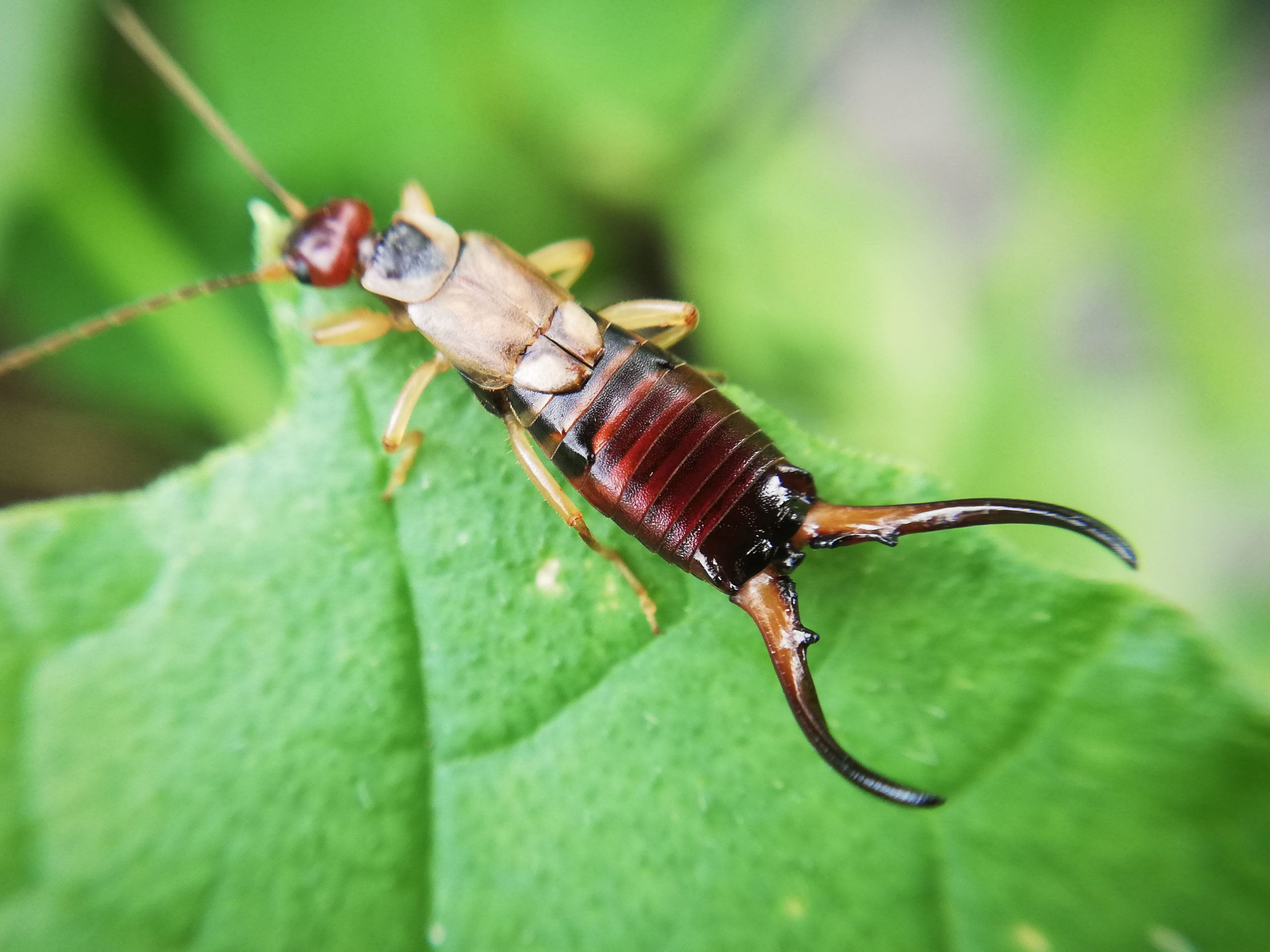
Appearance
Adult earwigs measure about ¾ inch in length and are light to dark brown, sometimes with a reddish tinge. The most notable feature for identifying these bugs are the two pincher-like appendages extending from their rears. They have a total of six legs which are often lighter colored than their bodies, and a pair of long antennae. Adolescent earwigs look just like the adults but are smaller in stature. 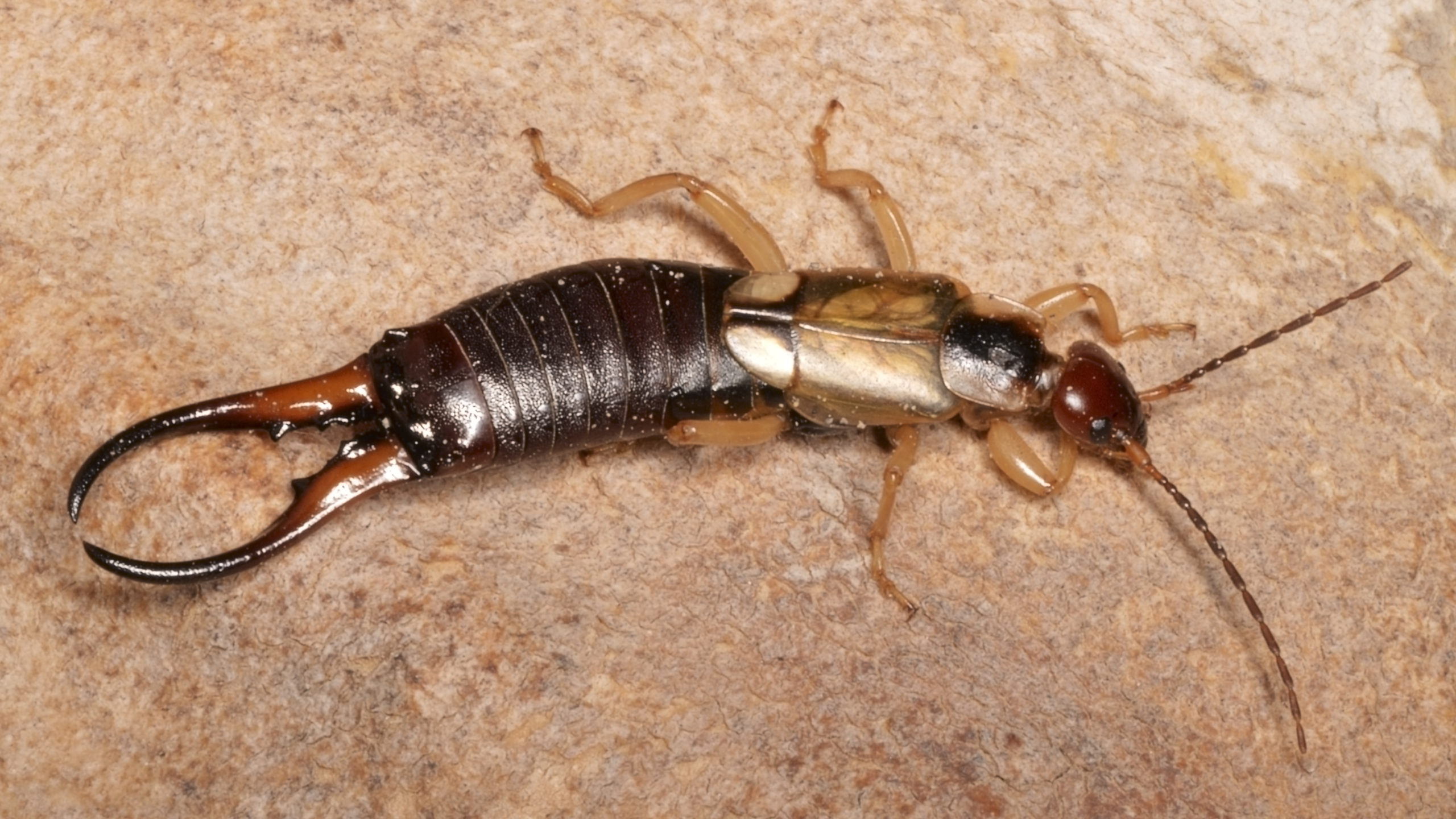
Diet
Earwigs feast on a variety of both dead and live organic matter. This includes marigolds, dahlias, hostas, mites, aphids, fruits, corn, etc. 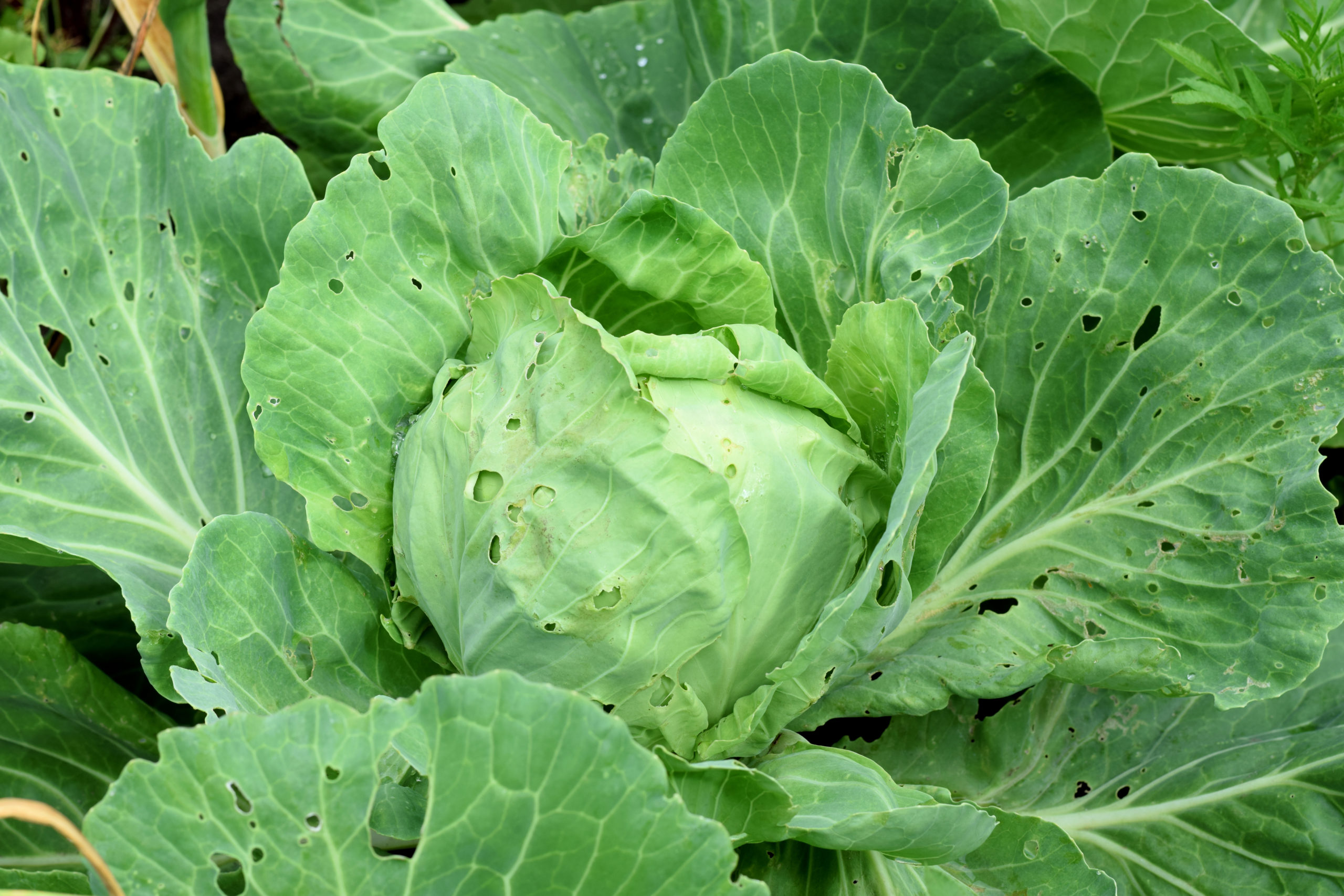
Preferred Habitats
Earwigs can be found on every continent on Earth save for Antarctica and are often observed in gardens or around indoor plants. They are most active at night and, during the day, the prefer to inhabit dark, moist, cool areas. Due to this, they can commonly be found under rocks, in foliage piles, inside damp firewood piles, and even in damaged fruits. They tend not to prefer the indoors but will travel inside if the climate outside is too dry and hot or freezing cold. 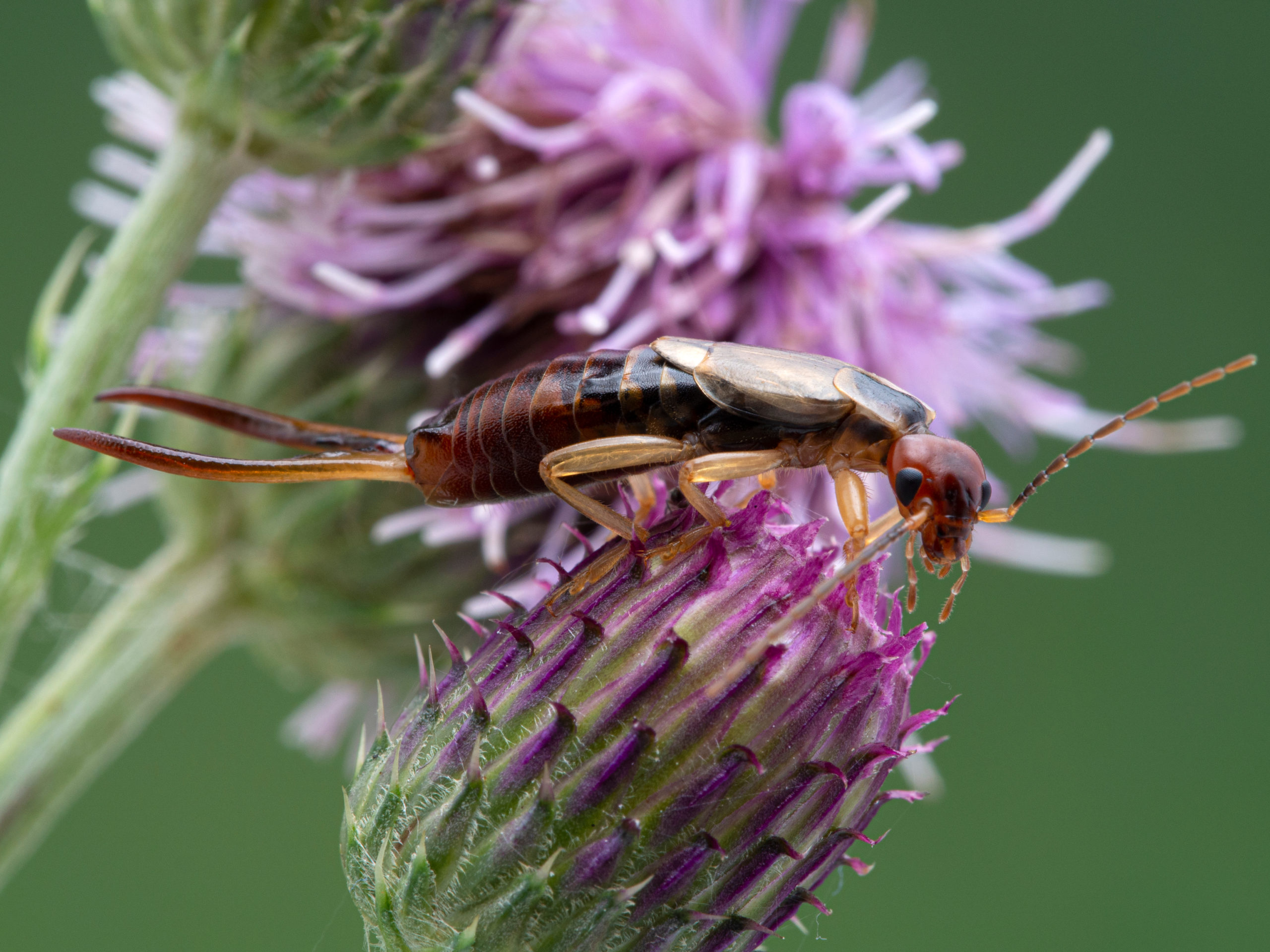
Dangers and Damage
The most common damages reaped from earwig infestations are spoiled garden or ornamental plants. Other than targeting plants, earwigs are not known for harming any other household items. Thankfully, they do not pose any threat to humans and will only deliver a minimally painful bite in the case that they feel completely cornered. 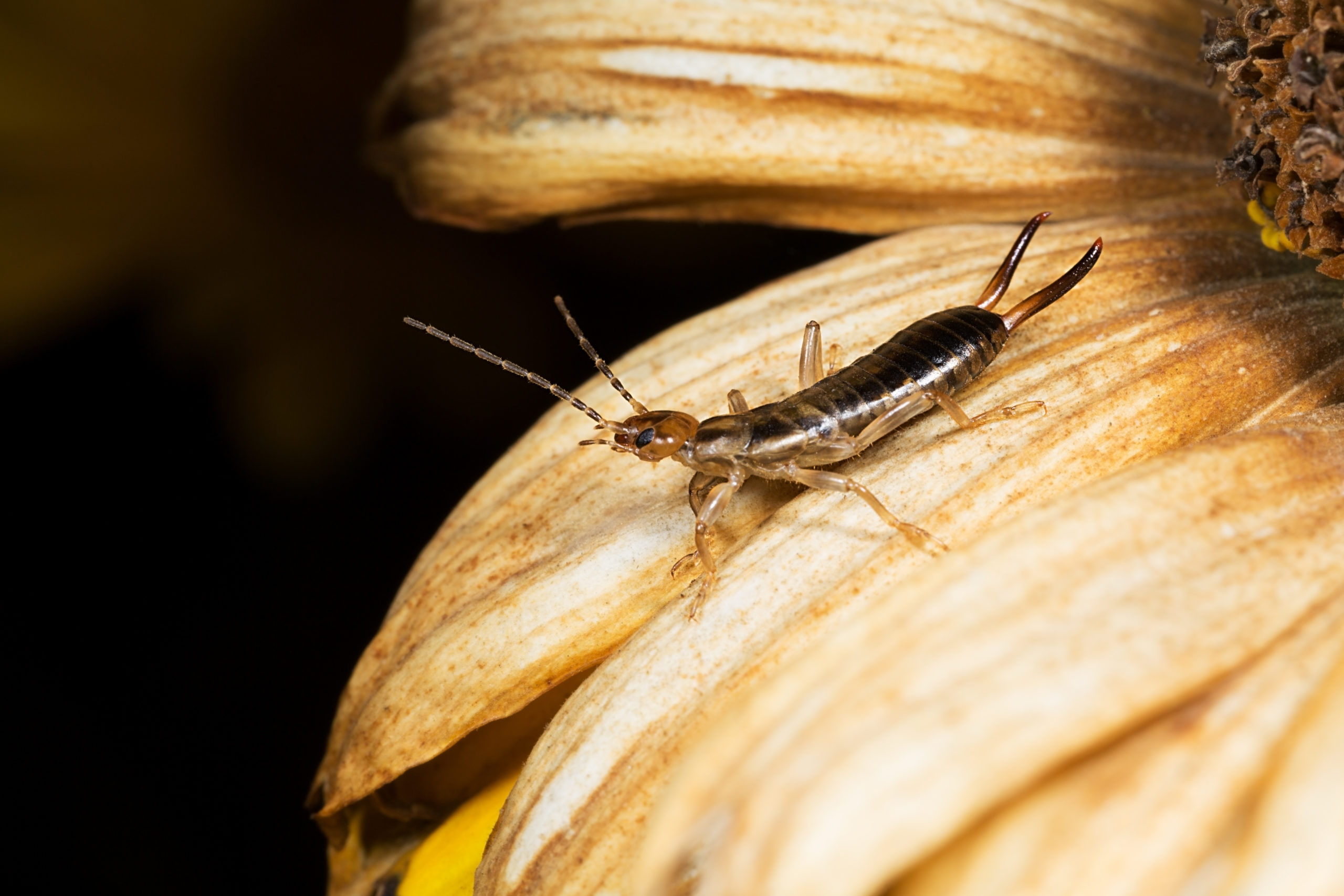
Tips for Preventing Infestations
Preventative measures are key for avoiding these creepy insects in your home. Some of the best ways you can avoid earwigs from crawling in and around your home include:
- Regular vacuuming, sweeping, and mopping
- Tidying up any areas of clutter
- Use dehumidifiers in areas of high humidity
- Search for entry points and seal them as needed
- Clean up excess foliage and leaves
- Remove standing water
- Trim back trees and bushes
- Ensure downspouts and drains are properly flowing and unblocked
- Keep firewood piles away from the side of your house and under cover to prevent them from being saturated with rainwater

Safe and Secure Earwig Removal
While these tips and tricks can help reduce your chances of running into an earwig problem, for full protection Pointe Pest Control has got your back! We can help you inspect potential entry ways, identify any foliage that could be problematic and even point out other conducive conditions. We also utilize a variety of safe, effective, and environmentally friendly products to secure your home. Call us today to hear more about our eco-friendly and safe pest treatments.
Citations
Earwig (no date) Iowa State University Extension and Outreach. Available at: https://hortnews.extension.iastate.edu/earwig (Accessed: November 5, 2021).
Earwigs (no date) University of California Agriculture and Natural Resources. Statewide Integrated Pest Management Program. Available at: http://ipm.ucanr.edu/PMG/PESTNOTES/pn74102.html (Accessed: November 5, 2021).
Hahn, J. (no date) Earwigs, University of Minnesota Extension. Available at: https://extension.umn.edu/nuisance-insects/earwigs (Accessed: November 5, 2021).
Request a Free Quote Today
(We do not share your data with anybody, and only use it for its intended purpose)


